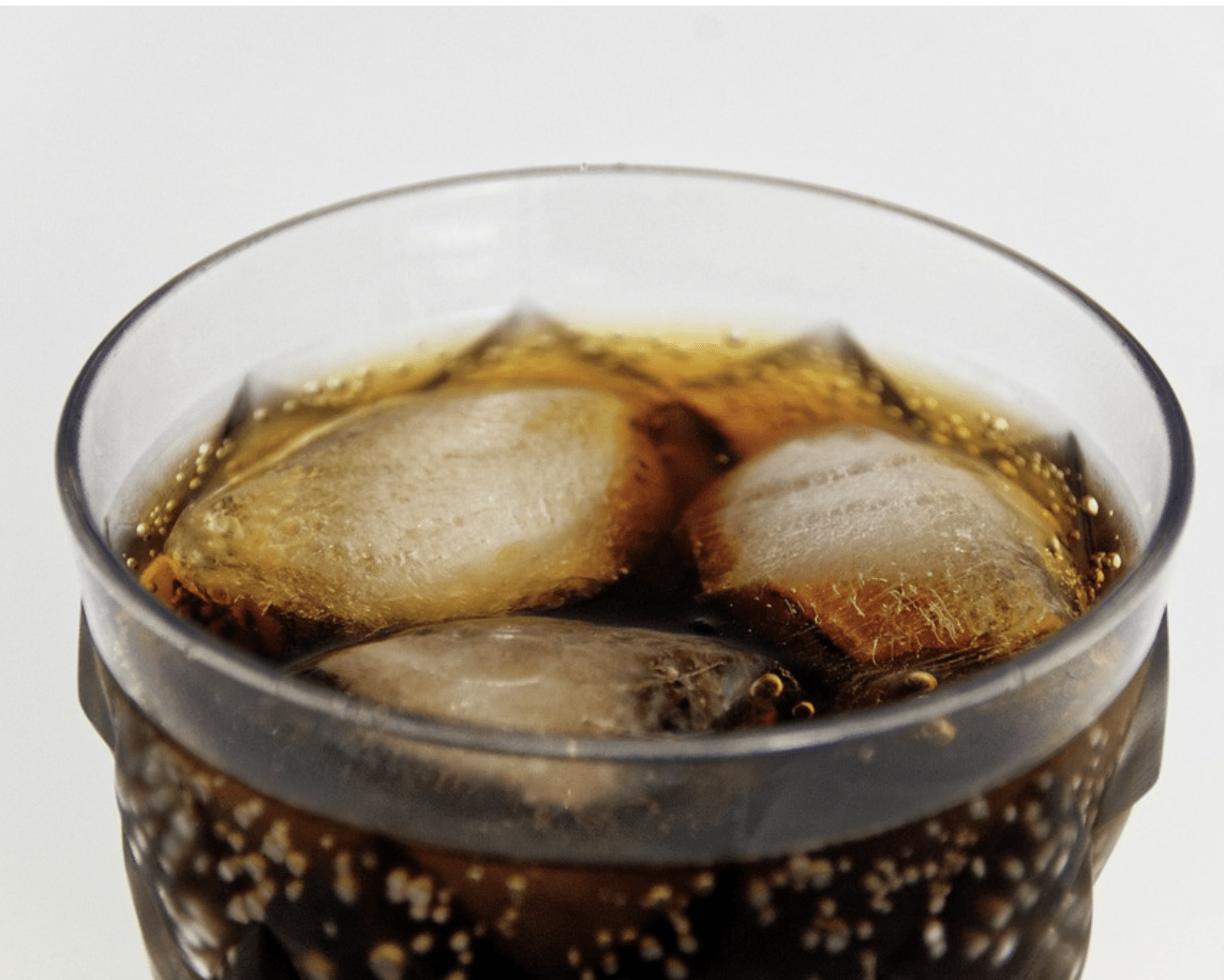CNN – Drinking two liters or more per week of artificially sweetened beverages — the equivalent of a medium-sized fast-food diet soda a day — raised the risk of an irregular heartbeat called atrial fibrillation by 20% when compared to people who drank none, a new study found.
Known as A-fib, atrial fibrillation is an irregular heartbeat often described by many people who have it as a “quiver,” “flutter” or “flip-flop” of the heart in the chest.
Drinking a similar number of added-sugar beverages raised the risk of the condition by 10%, while drinking about four ounces of pure, unsweetened juices, such as orange or vegetable juice, was associated with an 8% lower risk of atrial fibrillation, the study found.
“This is the first study to report an association between no- and low-calorie sweeteners and also sugar-sweetened beverages and increased risk of atrial fibrillation,” said Penny Kris-Etherton, a professor emeritus of nutritional sciences at the Pennsylvania State University, in a statement. She was not involved in the new study.
While the study could only show an association between sweetened drinks and A-fib, the relationship remained after accounting for any genetic susceptibility to the condition.
A 2017 study found people with European ancestry had about a 22% risk of inheriting the condition.
“We still need more research on these beverages to confirm these findings and to fully understand all the health consequences on heart disease and other health conditions,” said Kris-Etherton, who is also an American Heart Association nutrition committee member.
“In the meantime, water is the best choice, and, based on this study, no- and low-calorie sweetened beverages should be limited or avoided,” she added.
Atrial fibrillation is the leading cause of stroke in the United States. In addition, strokes connected to A-fib tend to be “more severe than strokes with other underlying causes,” according to the US Centers for Disease Control and Prevention … READ MORE.



